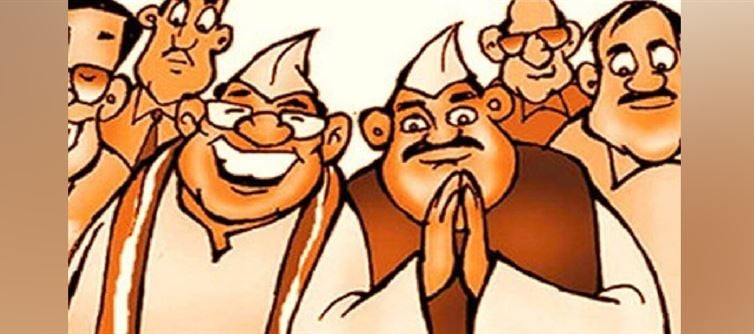
This system stands in sharp contrast to the treatment of ordinary government employees, whose pension structures have been significantly curtailed under the National Pension System (NPS), and even more so compared to the private sector, which offers no such guaranteed post-retirement benefit.
What makes this issue particularly troubling is that these pensions are taxpayer-funded and largely go to individuals who often return to other sources of income or remain active in politics, business, or consulting. Unlike civil servants who retire after 30–35 years of service, many politicians may have contributed minimally in terms of tenure, yet are rewarded with lifelong financial security.
When multiplied across thousands of former legislators from all states and union territories, this becomes a massive fiscal burden—one that grows heavier with every election cycle. Moreover, many of these beneficiaries already possess significant personal wealth, making the pension more of a political privilege than a social safety net.
For MPs, the pension and allowances are governed by central government regulations. According to the official website of the Ministry of Parliamentary Affairs (mpa.gov.in), MPs receive a pension based on their tenure, with a minimum pension of ₹25,000 per month after completing one term (five years) as of the latest updates around 2023-2024.
This amount increases with additional terms, and there have been discussions about adjustments to account for inflation and cost of living. MPs also receive a constituency allowance, office expense allowance, and other perks, with the basic salary set at ₹1 lakh per month, supplemented by various reimbursements and facilities as outlined in press releases from the ministry.




 click and follow Indiaherald WhatsApp channel
click and follow Indiaherald WhatsApp channel